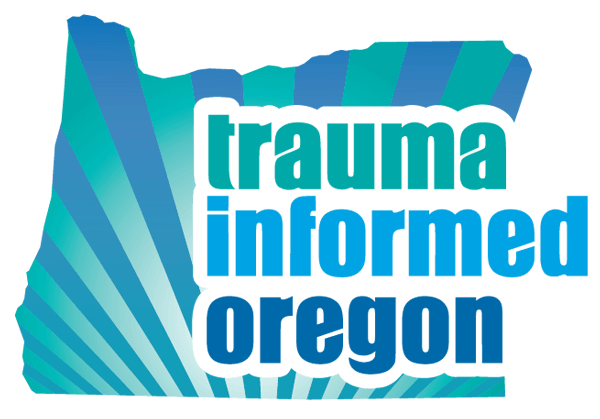Blog
 Climate Change and BIPOC Communities
Climate Change and BIPOC Communities

From Nancy Leon (She/Her), Early Childhood Education and Development Specialist
During the past two years, we have seen how the COVID-19 pandemic has uncovered a lot of the severe disparities that BIPOC communities suffer during crisis situations. Today, even though we are still living with these consequences, we are now also having to address another global crisis with associated health threats and challenges, and that is climate change. While the health impacts associated with climate change are unavoidable for anyone, certain people will disproportionately feel the health impacts. These are our BIPOC communities.
Available evidence through the Environmental Protection Agency (EPA) has found that our BIPOC communities are not only the first affected but also the worst affected by climate change, from experiencing natural disasters like Hurricane Katrina to record breaking heat waves. Such disasters cause BIPOC communities to become displaced and further impoverished, and magnify public health issues in their communities. The link between our BIPOC communities and the climate crisis has long been recognized by many environmental agencies; however, it has yet to be fully addressed.
For years now, the EPA has reported that across the U.S., BIPOC communities continue to find themselves directly in the path of the climate crisis. They live in neighborhoods that are uniquely vulnerable to extreme heat, pollution, and other natural disasters. But their geographical location alone is not the main cause. It is the continuing cycle of systemic and institutional injustices that places marginalized communities at the disposal of climate impacts (Bullart et al., 2016). This dangerous cycle persists because these marginalized communities have historically never had the agency, resources, or cultural validation for climate justice, putting them further into harm’s way. And the truth is that as minorities, BIPOC communities have had to focus on many other pressing matters such as their rights, health care access, pay inequity, etc.
Due to the many years that our BIPOC communities have stood on the frontlines of the climate crisis, we have constrained these communities to respond or have a voice for climate action. This is why we need to expand the conversations around climate justice now! To ensure that regardless of our race or ethnicity we are all guaranteed protection from the environmental changes that our mother earth is going through.
References
Bullard, R. D., Gardezi, M., Chennault, C., & Dankbar, H. Climate change and environmental justice: A conversation with Dr. Robert Bullard. Journal of Critical Thought ad Praxis, 5(2) (2016).
Environmental Protection Agency (EPA). (2022, July 6). Climate Change and the Health of Socially Vulnerable People. Retrieved August 4, 2022, from https://www.epa.gov/climate-change/climate-change-and-health-socially-vulnerable-people#key
Smith, K. A. (2021, July 7). How communities of color are hurt most by climate change. Forbes. Retrieved August 4, 2022, from https://www.forbes.com/advisor/personal-finance/communities-of-color-and-climate-change/
Resources for Understanding Environmental Justice
APHA: Climate Changes Health: Vulnerable Populations
NAACP: Environmental & Climate Justice
